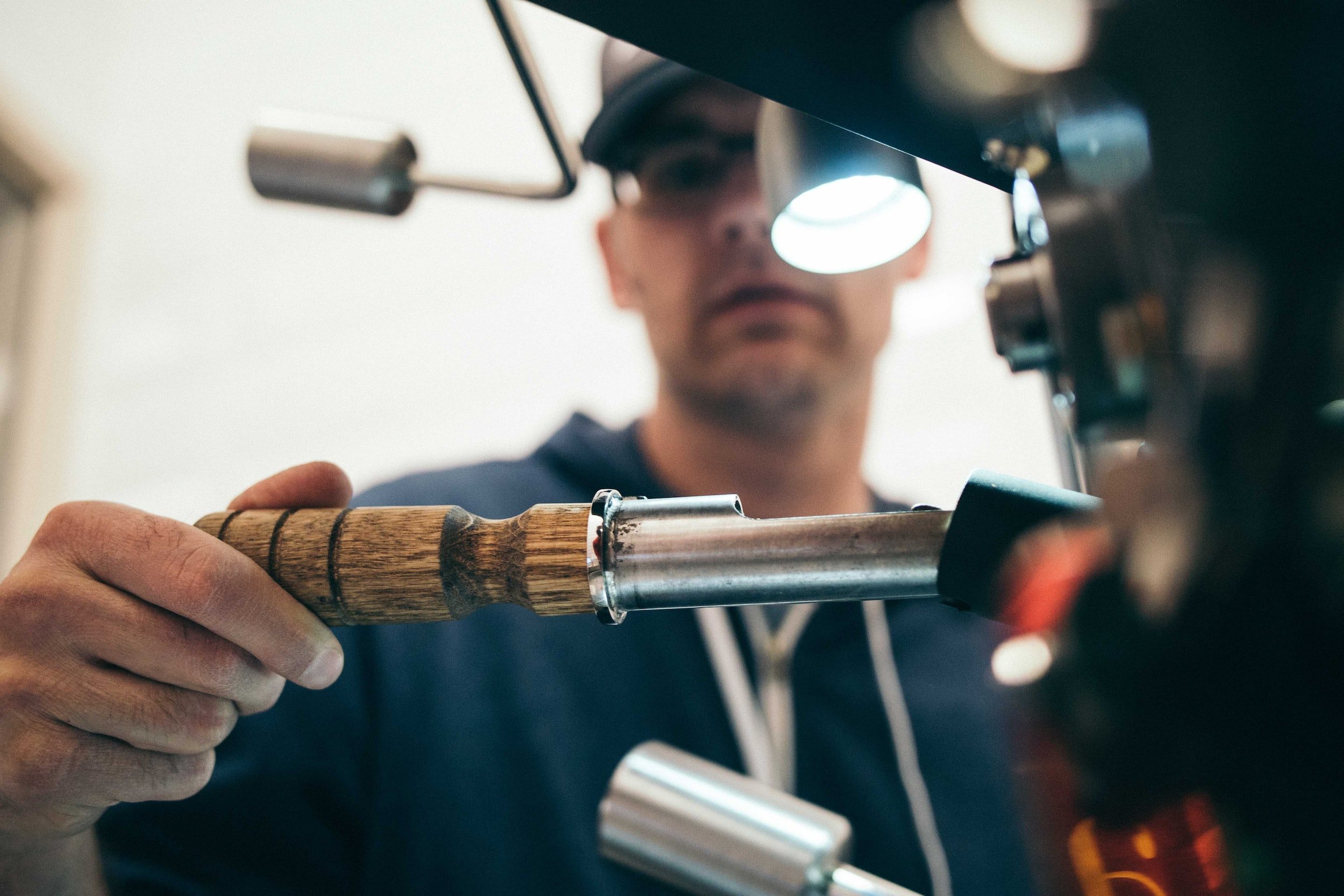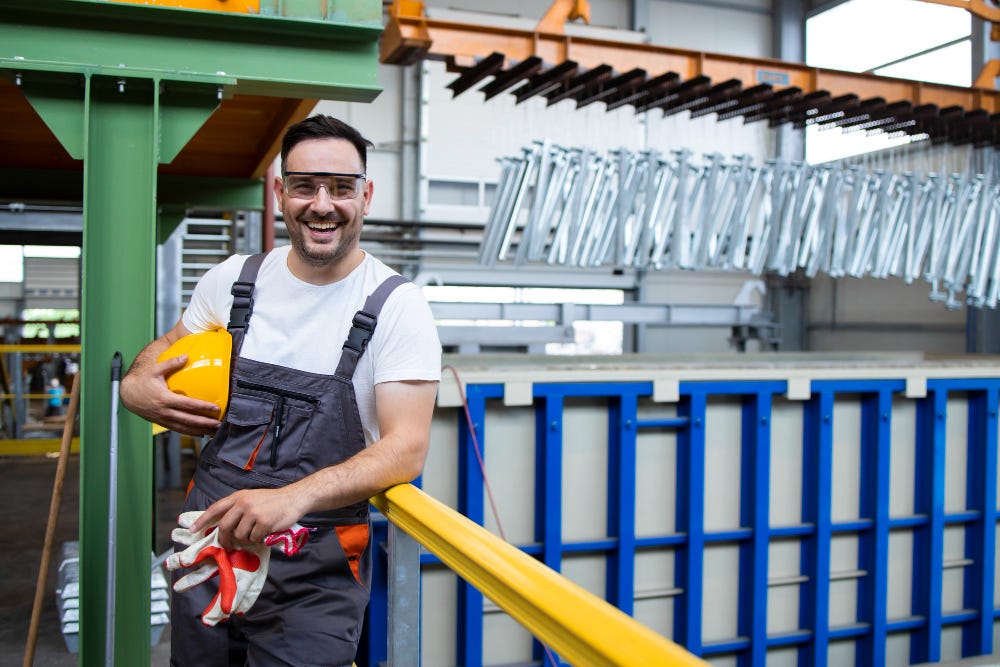Are you currently on the lookout for information and facts about The Future of Plumbing: Trends and Innovations to Watch?

Intro
The pipes market is going through a transformative phase driven by technical improvements and growing issues for sustainability and efficiency. This write-up discovers emerging trends and advancements forming the future of pipes.
Smart Plumbing Equipments
Incorporating wise innovation right into plumbing systems enables remote tracking, leakage detection, and automated maintenance. Smart sensing units and IoT (Web of Points) tools allow house owners and plumbing technicians to keep an eye on water use and detect issues in real-time, leading to more reliable resource monitoring and proactive maintenance.
Water Performance Solutions
With increasing emphasis on water conservation, ingenious services are being established to reduce water waste in pipes systems. High-efficiency fixtures, greywater recycling systems, and wise watering controllers are among the technologies helping consumers reduce their water impact while maintaining comfort and ease.
Lasting Products
The shift towards sustainability encompasses plumbing products, with an expanding preference for environment-friendly alternatives. Eco-friendly piping products, such as PEX (cross-linked polyethylene) and HDPE (high-density polyethylene), deal durability and resistance to deterioration without jeopardizing environmental integrity.
Predictive Upkeep
Predictive upkeep strategies utilize data analytics and machine learning formulas to prepare for and stop plumbing problems before they happen. By assessing historic information and performance metrics, predictive maintenance algorithms can determine patterns and abnormalities, making it possible for aggressive interventions to stay clear of pricey fixings and disruptions.
Increased Fact in Plumbing
Enhanced Reality (AR) innovation is reinventing plumbing by offering technicians with real-time aesthetic assistance for fixing and repair work jobs. AR-enabled wise glasses or mobile applications overlay digital information onto the physical setting, assisting plumbing technicians picture pipe formats, recognize hidden leaks, and execute repair services with accuracy.
Effect of 3D Printing
The introduction of 3D printing has presented brand-new possibilities in making pipes components. From custom-made components to detailed pipe fittings, 3D printing enables fast prototyping and on-demand manufacturing, lowering preparations and allowing higher personalization in plumbing design.
Health and Safety Features
In reaction to enhanced concerns for health and wellness, plumbing components are including attributes such as antimicrobial surface areas, touchless operation, and self-cleaning systems. These innovations not only improve health yet also advertise individual comfort and convenience.
Hygiene-focused Fixtures
Touchless taps, self-sanitizing toilets, and antimicrobial surfaces are coming to be increasingly widespread in residential and commercial setups, lessening the risk of bacterium transmission and advertising a cleaner, healthier environment.
Water Quality Tracking
Advancements in water high quality tracking innovations enable homeowners to monitor the purity and safety and security of their water supply in real-time. Smart water high quality sensors can detect pollutants, pH levels, and temperature variations, equipping users to take aggressive steps to make sure water security.
Remote Pipes Solutions
Remote diagnostics and virtual aid are transforming the method pipes services are provided. Through video conferencing and remote access innovations, plumbing professionals can troubleshoot problems, give assistance for DIY repairs, and even do remote examinations, using higher availability and benefit to home owners.
Challenges and Opportunities
While plumbing developments hold immense guarantee, they likewise existing obstacles such as data privacy issues, regulative conformity, and the requirement for labor force training. Dealing with these obstacles calls for cooperation in between sector stakeholders and governing bodies to ensure safe and responsible execution of brand-new modern technologies.
Governing Landscape
Regulative frameworks play a crucial function in shaping the adoption of plumbing technologies, with requirements and codes controling every little thing from water performance to item security. As innovations remain to progress, regulatory bodies must adapt to make certain customer security and environmental stewardship.
Future Outlook
The future of pipes is characterized by continued technology and combination with various other markets such as IoT, renewable energy, and building automation. By embracing sustainable practices, leveraging arising modern technologies, and prioritizing user-centric layout, the plumbing industry is positioned to deal with the progressing needs of society while minimizing its ecological footprint.
Conclusion
In conclusion, the future of plumbing is specified by a convergence of modern technology, sustainability, and user-centric style. By embracing wise solutions, sustainable materials, and positive upkeep practices, the pipes industry can improve effectiveness, advertise safety, and add to a more sustainable future.
Plumbing Industry Trends You Need To Know
Smart technology in plumbing
Homeowners want to be able to manage their homes from their phones. The technology exists to make that happen. From smart toilets to leak detector devices, the whole plumbing system can be managed on an interconnected network made up of sensors, IoT devices, and machine learning algorithms.
This allows for wireless control to turn appliances on and off, automate routines, and access advanced monitoring to track water usage and flag potential issues. Smart technology streamlines water consumption, maintenance and energy usage, creating a more efficient system.
Green plumbing
The data analysis possible with smart technology not only improves convenience and cost-effectiveness but also fulfills a high-priority customer desire – sustainability. Consumers are very aware of their impact on the planet and want plumbing solutions to reduce damage and support sustainability. Eco-friendly plumbing solutions are already starting to emerge.
Customers can opt for low-flow toilets, water-saving faucets, and connections to sustainable energy sources. Beyond monitoring water consumption, customers can conserve water through the installation of greywater systems. This is a system that collects water that has been used but is still clean enough for some household uses such as toilet flushing.
Shorter product pipeline
To keep up with modern plumbing, plumbers need modern tools that enable them to complete jobs more efficiently. One technology making strides in this area is 3D printing. By 3D printing key plumbing fixtures, plumbers can reduce wait times even for specialized fixtures. It minimizes delays often seen in traditional manufacturing that frustrate customers and prevent plumbers from taking on more work.
Off-site repairs
Augmented reality is making a splash in many industries including plumbing. Plumbers can map a building online so they can explore the plumbing system through augmented reality, identifying areas of maintenance and repair completely digitally. This technology can be applied quite widely in plumbers’ work including planning installations and training new recruits. It’s safer, smarter and more efficient.
Low-footprint materials
Another way for plumbing companies to reduce their environmental footprint and meet the customer demand for sustainability is by using recycled materials in their work. The products they source and manufacture such as pipes, fixtures and faucets can be made from recycled materials. This saves the planet while being just as effective.
Onsite water purification
Additionally, plumbing companies can be advocates of water conservation and ease the financial and environmental concerns of customers by offering water purification systems. New water purification technology such as reverse osmosis systems and UV systems make it possible for homeowners and business owners to thoroughly cleanse water, removing contaminants onsite. This means the water can be safely reused in more ways than greywater can be, establishing a water recycling loop.
Tankless water heaters
Another innovation of modern plumbing is tankless water heaters. The idea is that the water is heated on demand as it runs through the system instead of being heated in a water tank. This is more energy efficient and therefore cost-effective and eco-friendly because water isn’t heated needlessly.

As a serious person who reads on , I think sharing that excerpt was appropriate. You should take the opportunity to distribute this write-up if you liked it. Bless you for your time. Kindly stop by our blog back soon.
This Site